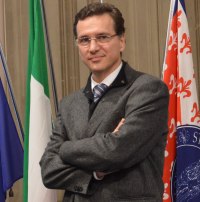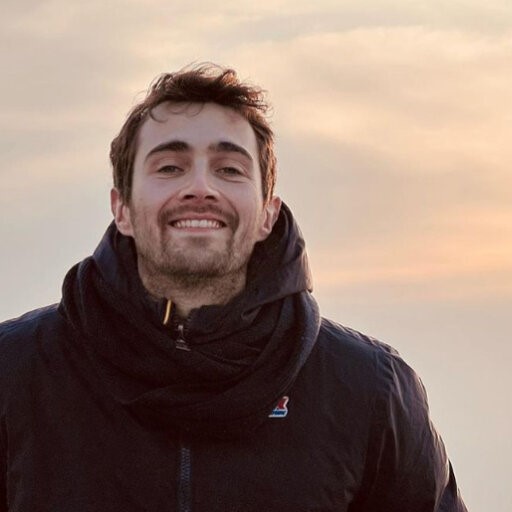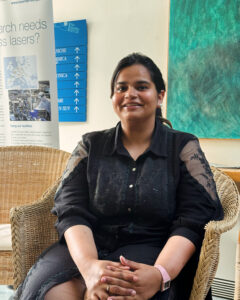
The Department of Physics and the European Laboratory for Non-Linear Spectroscopy (LENS) at the University of Florence (UNIFI) in Italy is a multidisciplinary centre working on advanced optical microscopy techniques and novel imaging modalities that bridge different spatial and temporal scales for high-challenging biomedical applications, focusing particularly on neuroimaging. Research targets range from single molecule biophysics problems, up to single cell and complex cell environments, such as tissues and whole organs. Biological problems that are currently studied span from nano- to micro-, meso- and macroscales in the spatial domain, from milliseconds up to months in the temporal domains.
UNIFI in HyperProbe
The UNIFI team has a broad range of expertise in the areas of biomedical and biological optical microscopy and imaging. They have access to: (i) a number of top-level optical laboratories equipped to develop and house laser- and light-based instrumentation under required safety measures; (ii) a number of chemical laboratories equipped to handle all type of chemical and biological substances; (iii) a mechanical workshop for manufacturing machinery and mechanical components; and (iv) an electronic workshop for manufacturing electronic components. UNIFI designs, develops, and conducts preliminary testing on the lab-version of the HyperProbe system, as part of WP.1.
Francesco Saverio Pavone
Francesco Saverio Pavone is a Full Professor at the Department of Physics of UNIFI and directs a research group at LENS and UNIFI working in the field of biophotonics on single molecule biophysics, microscopy imaging-spectroscopy techniques, biomedical imaging, laser manipulation of bio-samples. In particular, he is developing new microscopy techniques for high resolution and high sensitivity imaging, and for laser manipulation purposes. These techniques have been applied both for single molecule biophysics, single cell imaging and optical manipulation. Tissue imaging is another research area developed, where non-linear optical techniques have been applied for skin and neural tissue imaging also in-vivo. Pavone is authors of many international papers and editor of international books. He has more than 100 invited talk and he is editor of international journals. He has been Director of the European Laboratory for Non Linear Spectroscopy in Florence from 2013 to 2019. He coordinates several European and international projects among HyperProbe and he has organized several international congresses.


Pietro Ricci
Pietro Ricci completed his PhD in Atomic and Molecular Photonics at the European Laboratory for Non-Linear Spectroscopy in 2022, specializing in neuroscience and microscopy. His work focused on enhancing light-sheet microscopes and designing acousto-optic devices for photostimulation, aimed at controlling whole-brain activity in zebrafish. During his first two years as a Postdoc in Barcelona, he concentrated on integrating acousto-optic and photo-acoustic technologies to achieve fast scan-less encoded illumination and light guiding in scattering tissues. Currently, as a postdoctoral researcher at UNIFI since 2024, he is developing a hyperspectral imaging system for rapid, multi-wavelength acquisitions with a view to clinical translation.
Anam Toaha
Anam Toahais a Ph.D. candidate at the European Laboratory for Non-Linear Spectroscopy (LENS), University of Florence, specializing in biomedical imaging and spectroscopy. She holds dual master’s degrees: one in Physics from Aligarh Muslim University in India and another in Physics, Photonics, and Nanotechnology from Université de Bourgogne, France. Anam also gained valuable research experience at the University of Tübingen, Germany, enhancing her expertise in photonics and spectroscopy. My role in the HyperProbe project involves developing a novel optical device based on a hyperspectral imaging system. During my research, I will characterise the HyperProbe1.1, an upgraded benchtop system, and test its ability to target biomarkers of interest in neuronavigation. This will be done in vivo using animal models and ex vivo using biopsies. In addition, I plan to test HyperProbe1.1 on digital and optical phantoms. I am also excited about learning more about the machine learning techniques used in HyperProbe through collaborations. Hopefully, we’ll be able to introduce HyperProbe into clinical settings by the end of my Ph.D.
